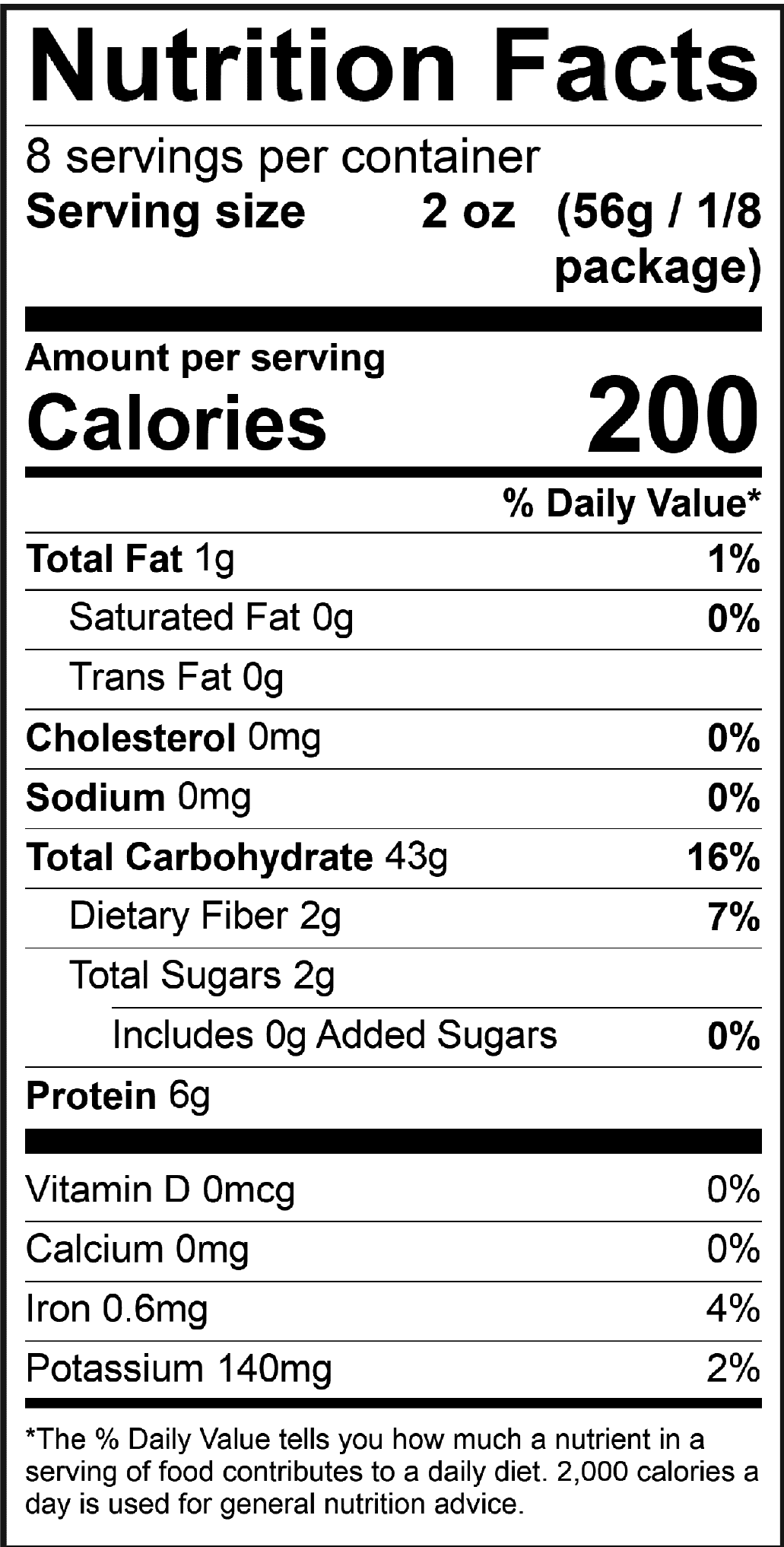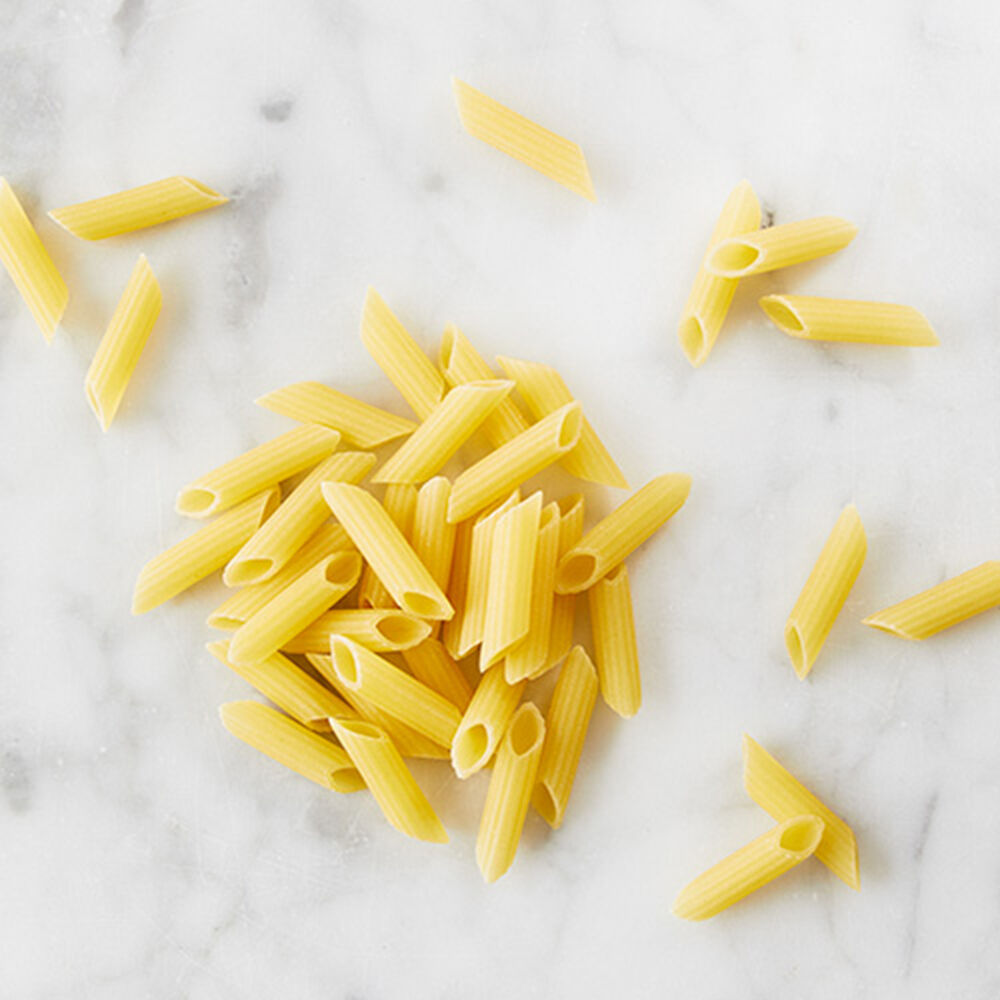Penne Rigate
321604 | Montebello
- Imported from Italy exclusively by Stonewall Kitchen
- Made with organic durum wheat semolina
- USDA Certified Organic
- Imported from Italy exclusively by Stonewall Kitchen
- Made with organic durum wheat semolina
- USDA Certified Organic
Description
- Imported from Italy exclusively by Stonewall Kitchen
- Made with organic durum wheat semolina
- USDA Certified Organic
Details for Penne Rigate
Imported from Italy
Weight
16 oz.
Nutritional Info for Penne Rigate
Ingredients
Organic Durum Wheat Semolina
Allergens
- SOY
- WHEAT
Gluten Status
Gluten
Is Organic
Yes
Genetically Modified
No







